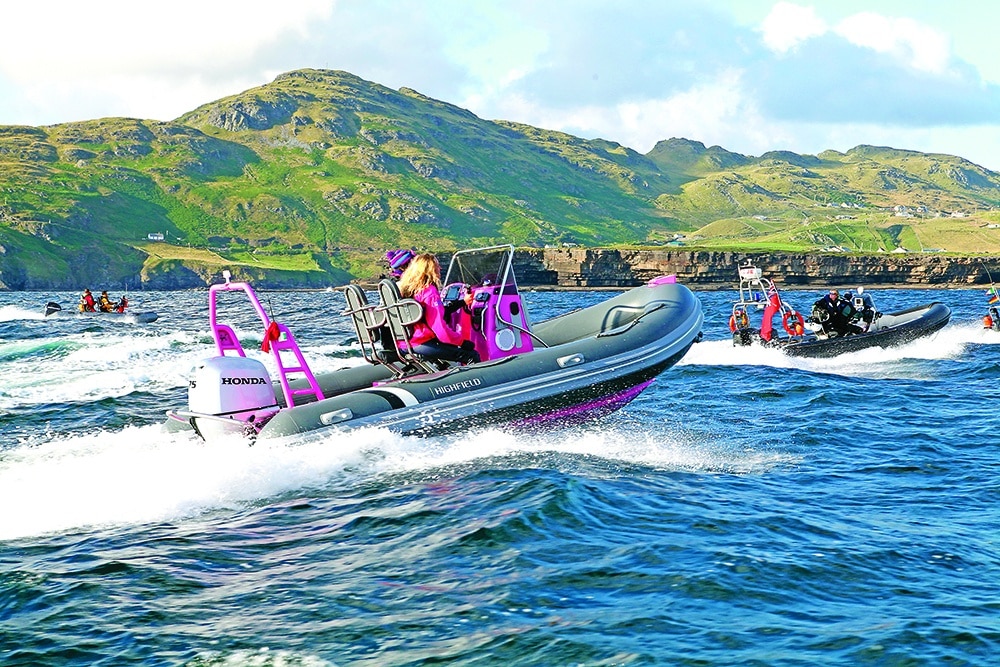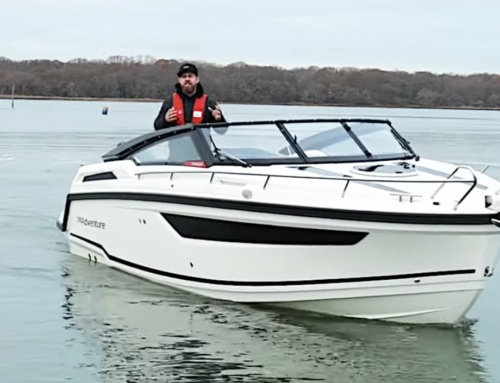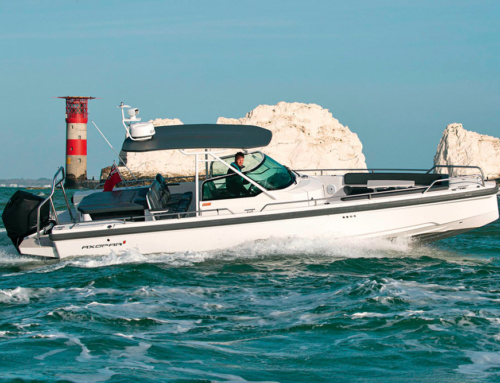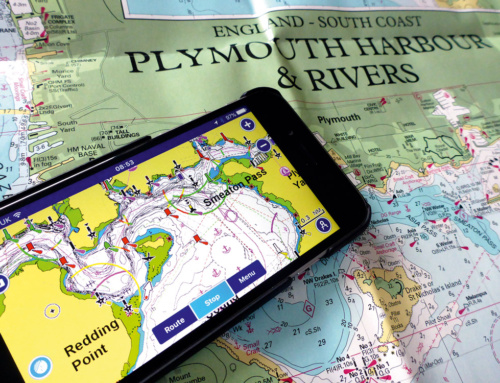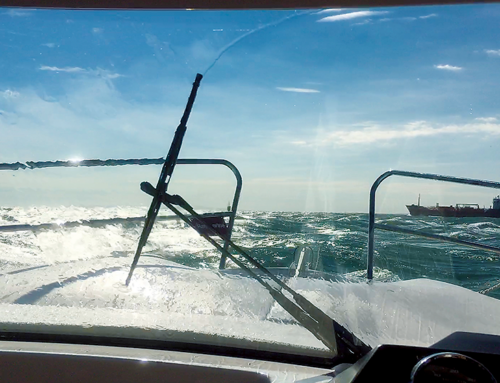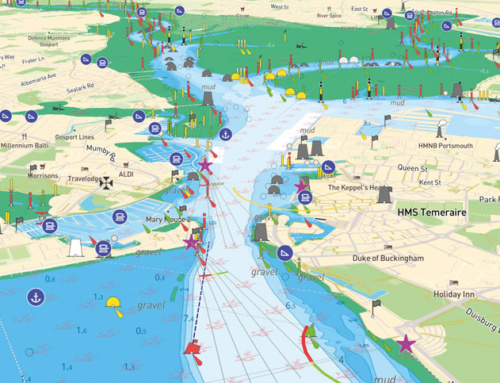Paul Glatzel discusses some of the key points to consider when planning a boating excursion …
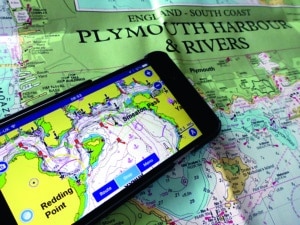 Having fun afloat takes many forms. For some it’s a short hop from the marina or slipway to the local beach for a swim with the kids and for others it’s a chance to read the paper anchored up, while for some people a trip along the coast beckons.
Having fun afloat takes many forms. For some it’s a short hop from the marina or slipway to the local beach for a swim with the kids and for others it’s a chance to read the paper anchored up, while for some people a trip along the coast beckons.
If it’s the cruising that takes your interest, what do you need to think about to ensure that you and those that you are going with have a safe and enjoyable trip, given that a coastal passage requires more forethought, planning and competence than a short hop to the beach?
One of the first things to think about is the boat and the people that are going to undertake the trip. How experienced are they? How much time have they spent afloat and what navigation skills do they have? What training have they undertaken? The answers to these questions will all influence where it’s realistic to go on that first longer trip.
Think about your crew too. An experienced group who have spent longer afloat will be capable of a longer trip than those getting afloat for the first time. Too many people scare off friends and family from boating by trying to go too far, too soon, in less than ideal conditions. Consider building up to longer trips in steps.
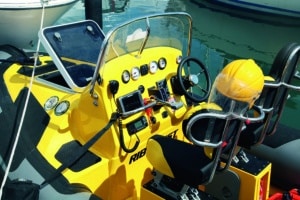 The kit the crew will need will differ with longer trips. A full set of waterproofs if heading off in anything other than guaranteed calm conditions makes sense, as does plenty of layers to keep warm. In more challenging conditions, a drysuit may make sense, and even helmets. Make sure there’s a good range of snacks and drinks on board too, alongside any medication that the crewmembers need.
The kit the crew will need will differ with longer trips. A full set of waterproofs if heading off in anything other than guaranteed calm conditions makes sense, as does plenty of layers to keep warm. In more challenging conditions, a drysuit may make sense, and even helmets. Make sure there’s a good range of snacks and drinks on board too, alongside any medication that the crewmembers need.
With regard to your boat, make sure it’s up to the job. At the start of a season, too many boats break down through lack of use over the winter, so make sure yours has had a good run out before a longer trip. Make sure you have spares on board, and it’s sensible to carry a good range of tools. Use a test run or two to get an idea of the boat’s range by logging the distance run at a sensible cruising speed and working out how many miles you get per litre when you’ve refuelled. With fuel, work on the ‘thirds’ rule: one third outbound, one third back and a third spare. Always take the chance to refuel on a trip when you can, though, just in case your planned fuel stops are unavailable. Remember too that in some locations around the UK, fuel may be hard to come by – especially petrol. You will also need to ensure that you have a good range of safety kit, such as a VHF radio, a suitable flare pack and possibly even an electronic distress beacon – an EPIRB.
Getting a passage plan together for the trip is not just common sense but is legally required under SOLAS V (Safety of Life at Sea Chapter 5). There’s no clear guidance in the rules as to exactly what format a plan must take, but as a guide, it’s likely to include pilotage plans into and out of your departure port/harbour and then for your destination. Don’t forget to prepare them for any ports of refuge too. Between your departure point and the destination you’ll need a plan to cover the route you’re taking. This is likely to be based on a series of waypoints formed up into a route detailing the various navigation hazards and features along the route. You will want a note of headings and distances along with the latitudes and longitudes of the various waypoints that you have chosen. Your primary navigation tool should be a dedicated chartplotter, but also have paper charts and consider a tablet with suitable chart software as an additional resource.
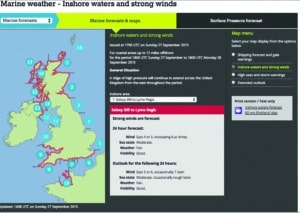 You’ll need to work out how the weather and tides affect your passage too. Do you have enough depth of water at all stages of the passage? In what direction is the tide flowing and at what times are you going to need to get through any ‘tidal gates’ that you face? These will be areas where the flow of water could prove dangerous, so you want to go through at slack water or when the tide is assisting your progress. What’s the weather doing? When boating close to home you will always be able to get back if the weather turns, but going further afield means that you must have a good weather window and be aware of not just the weather at your start location but at your destination too. Check out the Inshore Waters forecast from the Met Office and make sure you understand the terminology used in it. If in doubt, don’t go.
You’ll need to work out how the weather and tides affect your passage too. Do you have enough depth of water at all stages of the passage? In what direction is the tide flowing and at what times are you going to need to get through any ‘tidal gates’ that you face? These will be areas where the flow of water could prove dangerous, so you want to go through at slack water or when the tide is assisting your progress. What’s the weather doing? When boating close to home you will always be able to get back if the weather turns, but going further afield means that you must have a good weather window and be aware of not just the weather at your start location but at your destination too. Check out the Inshore Waters forecast from the Met Office and make sure you understand the terminology used in it. If in doubt, don’t go.
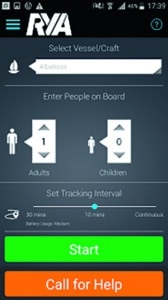 As you head off on your trip, make sure someone knows where you are going and an expected arrival time. This can be the coastguard or a friend, but also consider using the RYA SafeTrx app, which logs your passage and is accessible to the coastguard if there is an issue. Don’t forget to contact your shore contact on arrival too.
As you head off on your trip, make sure someone knows where you are going and an expected arrival time. This can be the coastguard or a friend, but also consider using the RYA SafeTrx app, which logs your passage and is accessible to the coastguard if there is an issue. Don’t forget to contact your shore contact on arrival too.
Boating alone can be great fun, but it’s safer to run in company with other boaters. Check out Facebook groups like ‘Rigid Hull Inflatable Boats’ and web forums like RIB.net or YBW.com, and join cruising associations in local marinas.
As you head off, remember to take plenty of photographs and perhaps even record your track on an app so you get a great record of where you have been. Some apps even allow you to link the photos you take to exactly where you were in your passage. So start the planning, get out there and have a great trip!
The RYA Intermediate Course, also known as the ‘Powerboat Day Cruising Course’, is ideal for those keen to stretch their horizons. This two-day course seeks to develop navigation skills with a view to planning and executing passages along a coast, and practises the skills to create pilotage plans for entering ports and harbours. Check out www.rya.org.uk for links to schools that teach the course.

